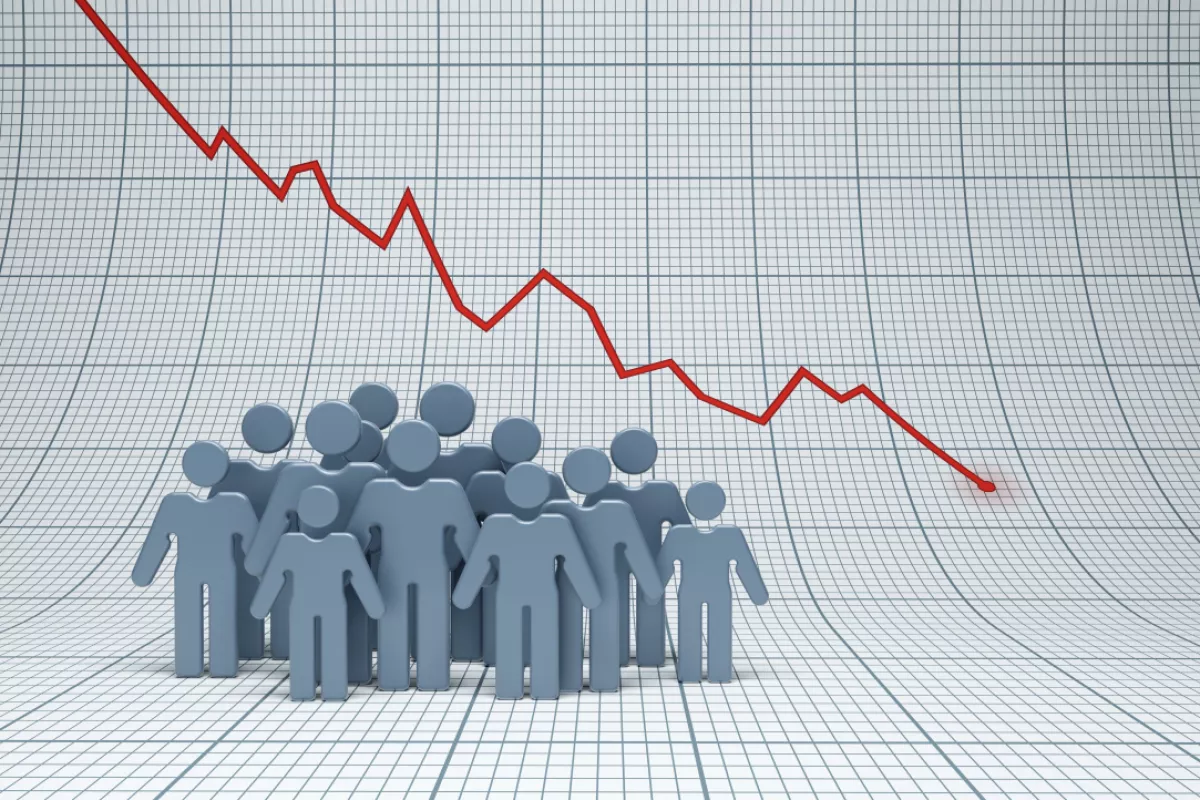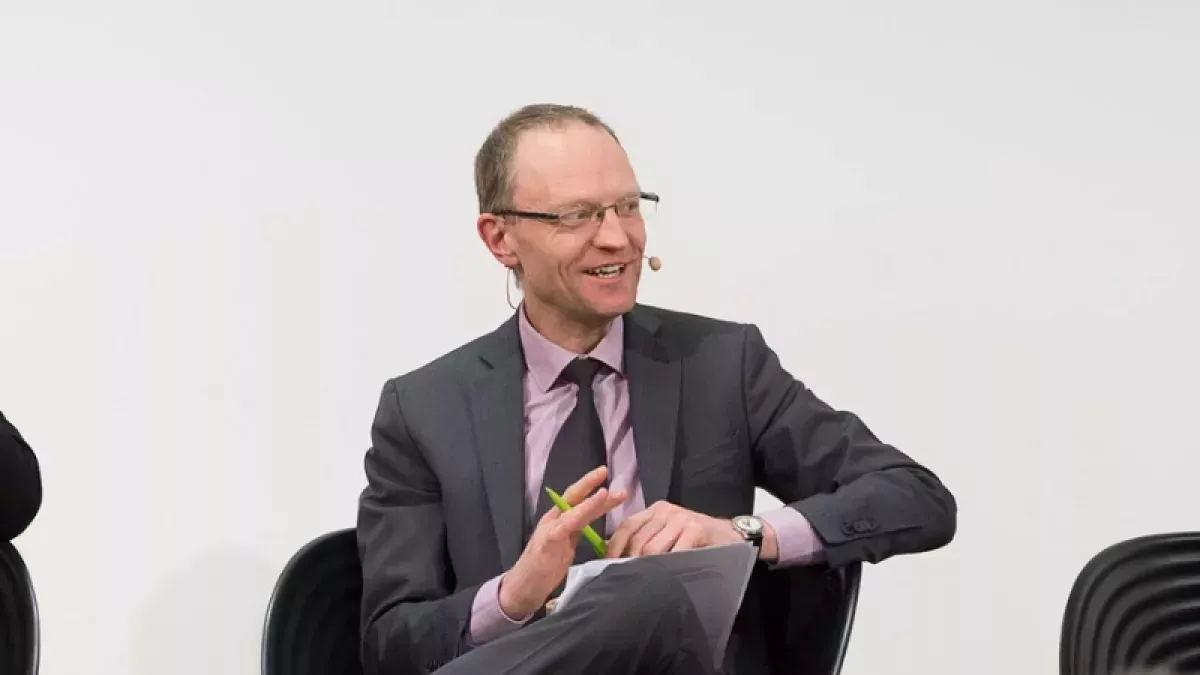Europe faces a demographic dilemma Migration vs. population decline
Anti-immigration sentiments are becoming increasingly pronounced across Europe. In France, the National Rally (Rassemblement National), in Germany, the AfD party, and in the United Kingdom, Reform are gaining popularity. However, experts warn that sharply limiting the flow of migrants could lead Europe to face accelerated population decline, slower economic growth, and rising costs for pensions and elderly care, writes The Guardian.
The population of the European Union is already ageing: currently, 21% of residents are over 65 years old, and by 2100, this share could rise to 32%. But with completely closed borders, the figure could reach 36%.

According to Eurostat’s baseline forecast, the EU population is expected to shrink from 447 million to 419 million by the end of the century. In a no-migration scenario, the decline would be far more dramatic—down to 295 million, a reduction of more than one-third.
The effects will be especially pronounced in countries with low birth rates. In Italy, the population could be halved. In Germany, if migrant inflows were completely stopped, the population would fall from 83 million to 53 million. France would lose nearly 10 million people in that scenario. Only a few Eastern European countries, such as Latvia, Lithuania, and Romania, are less dependent on immigration due to their own citizen outflows.
Scientists warn that a smaller working-age population will lead to slower growth and higher tax burdens, as spending on pensions and healthcare increases. Even today, many healthcare systems rely on foreign doctors and nurses.
Immigration is not a universal solution, but it mitigates the demographic crisis and provides time for other reforms: increasing employment, raising the retirement age, and redistributing the tax burden. An example is the Italian village of Camini, where the settlement of refugees helped revive the local school and create new jobs.
Experts emphasise that Europe faces a choice: either adapt to an ageing population through migration and internal reforms, or confront serious socio-economic upheavals.
Which course is the EU leadership more likely to take? Will it allow new waves of migrants, or try to address the forthcoming challenges by other means? And will this be a unified decision across the European Union, or will each country prefer to tackle the issue independently?
European experts shared their views with Caliber.Az.

Dr Stefan Meister, the head of the Program for International Order and Democracy at the German Council on Foreign Relations (DGAP), noted that the key question is what type of migration is desirable and necessary for Europe.
“Either uncontrolled mass migration, which overloads our social and public infrastructure and leads to a large influx of people with low levels of education and cultural backgrounds unfamiliar to many European countries, as happened in 2015, or organised labour migration of skilled, well-educated professionals willing to learn the language.
Europe will move towards the second option: it will close its borders and curb any illegal migration of low-skilled workers, while at the same time creating a system through which qualified professionals can come and work legally.
There is a need for migration to regions where Europe requires labour.
I believe most countries will make their own decisions. Migration has become a key issue for most European states, and the rise of the far-right will further strengthen policies aimed at preventing any illegal migration, especially from Muslim-majority countries. But this does not mean that many countries will be able to accept a sufficient number of educated people capable of working in the labour market and speaking the local languages,” the German analyst stated.

Estonian political analyst Peeter Taim notes that this is a very complex issue.
“Here, we can analyse the activities of political forces opposing migrants. In Europe, the parties opposing the influx of migrants are populists who exploit the dissatisfaction of a portion of voters with the current situation to gain more support and, consequently, more votes in elections. Populists do not offer real solutions to the problem. Their political agenda is usually limited to promises to close borders and stop the flow of migrants. But they do not put forward proposals that genuinely address the ageing—or, in essence, the dying—population. And this is a matter worth serious consideration.
Without allowing migrants, the population will shrink. Allowing migrants, however, could catastrophically reduce the share of people carrying European (Christian) values and culture. It is, in a sense, a demographic-cultural—and perhaps even values-based—trap. And in such a situation, populist slogans and empty promises cannot resolve the future challenges of countries and societies,” Taim believes.








